NSW public school bullying: Student survey shows level of torment in classroom
The number of students reporting bullying in and out of the classroom has been revealed, with new plans to stop repeat offenders in their tracks. SEE THE FIGURES HERE.
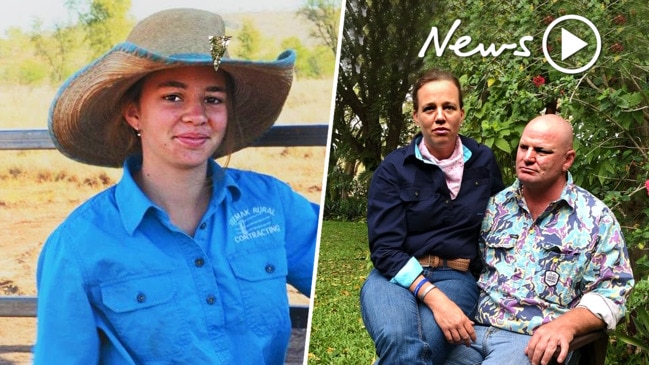
- Classroom airconditioning: 440 schools wait 15 months for Education decision
- Shock number of physical, sexual assault payouts in NSW schools
The number of primary school students reporting bullying in state schools has dropped by 11 per cent to a quarter of all students since 2015.
The new figures come as the NSW Government reveals its road map to stamp out torment in and outside the classroom.
Data from the Tell Them From Me student surveys found 87 per cent of primary school students reported school advocacy against bullying, whereas just 60 per cent of secondary students reported advocacy in the classroom.
Statistics captured from all students between years 4 and 12 report physical, verbal, social, and cyber bullying,
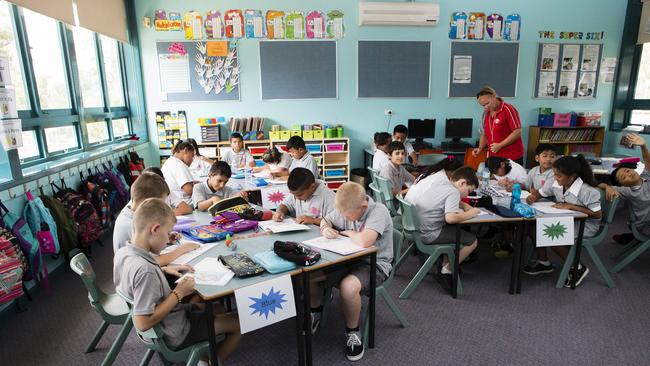
Despite the reduction in reported primary school bullying over the past five years, high school students reporting incidents of bullying have remained steady, spiking to 25 per cent in 2018 and decreasing to 23 per cent this year.
Overwhelmingly our schools are safe, supportive places with data showing bullying is either stable or dropping across year groups, Education Minister Sarah Mitchell told NewsLocal.
“Bullying should never be tolerated,” she said. “Schools have existing strategies and targets for the wellbeing of their students, and each school must have a specific plan for their communities.”
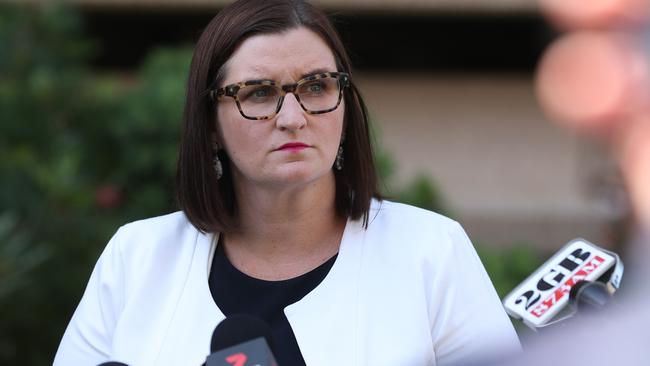
However, schools are challenged with the growing trend of online bullying through social media.
“As both a mum and the Minister, online bullying is something that concerns me a lot,” she said. “We are looking at more innovative ways to support schools and protect our students online.”
Shadow Education spokeswoman Prue Car said she was concerned the percentage of students reporting bullying had dropped due to home schooling following the coronavirus pandemic.
“We really need to get more school counsellors in schools, who can also help kids with what they’re dealing with when the go home and jump on Instagram or Facebook,” she said.
“Kids have more opportunities to be the target of bullies, so the need for increased mental health professionals in our schools continues to grow.”
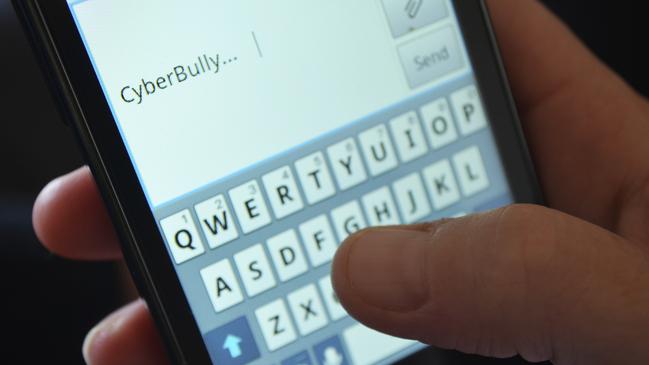
Ms Car said it was “totally understandable” that children would be too uncomfortable to report bullying in the classroom setting.
“If we had more mental health professionals in our schools, we could offer more direct resources and support to deal with this issue,” she said.
Under the framework, every NSW public school must develop its own anti-bullying plan, outlining strategies to reduce student bullying behaviours.
An Education NSW spokesman said schools are also required to establish strategies and practices to “encourage positive student behaviour, recognise and reinforce student achievement, safety and wellbeing and manage disruptive student behaviour”.
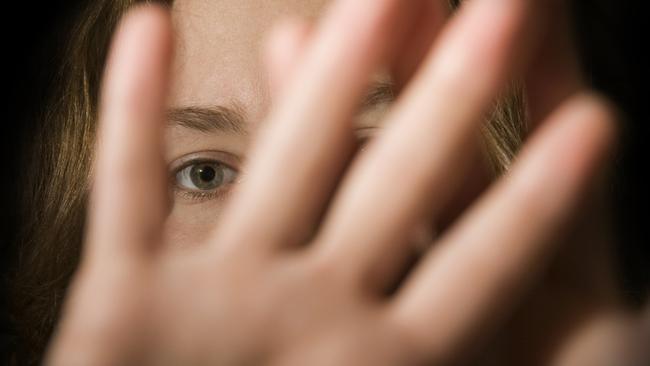
“Students who routinely bully other students are managed in accordance with the Behaviour Code for Students and the severity of the bullying,” he said. “Schools also focus on early intervention and managing students behaviour before it impacts other students.”
The department has also drafted a student behaviour strategy focused on “supporting student behaviour through targeted professional learning for staff”.
The strategy aims to link staff to prevention and early intervention strategies to support students.

